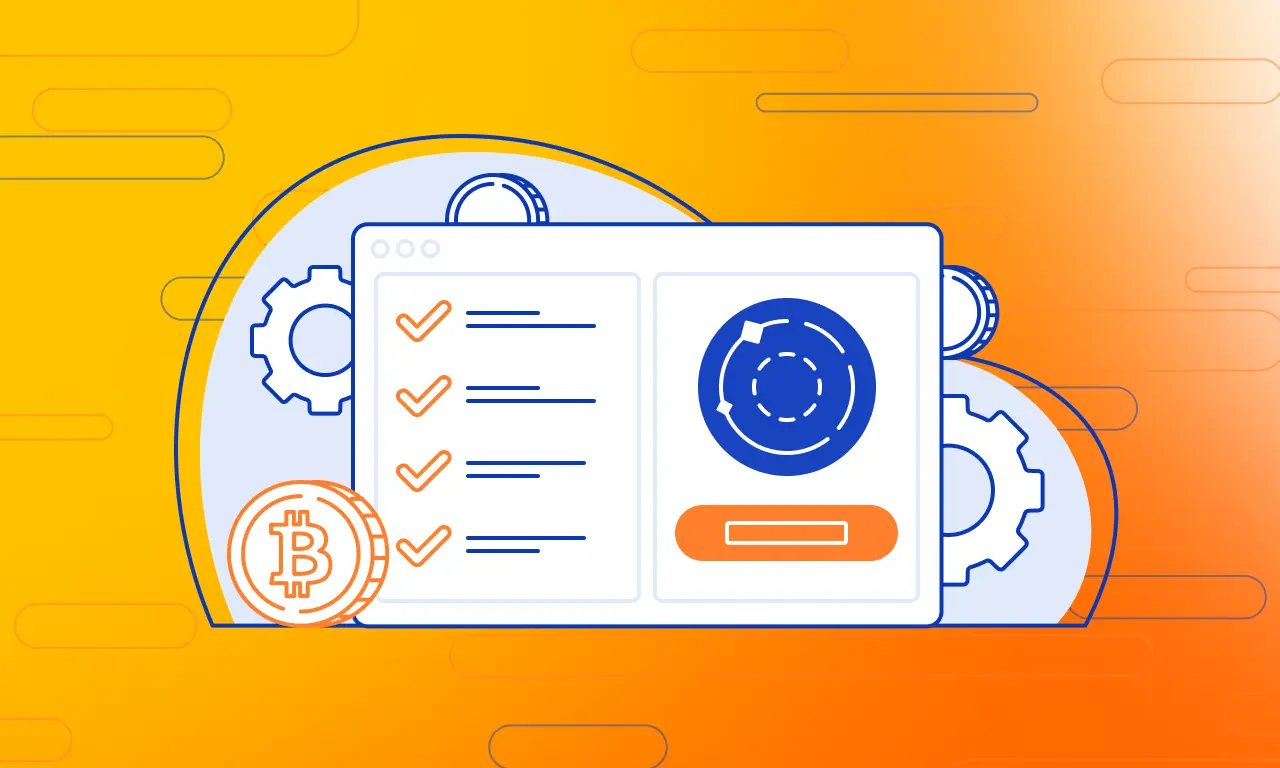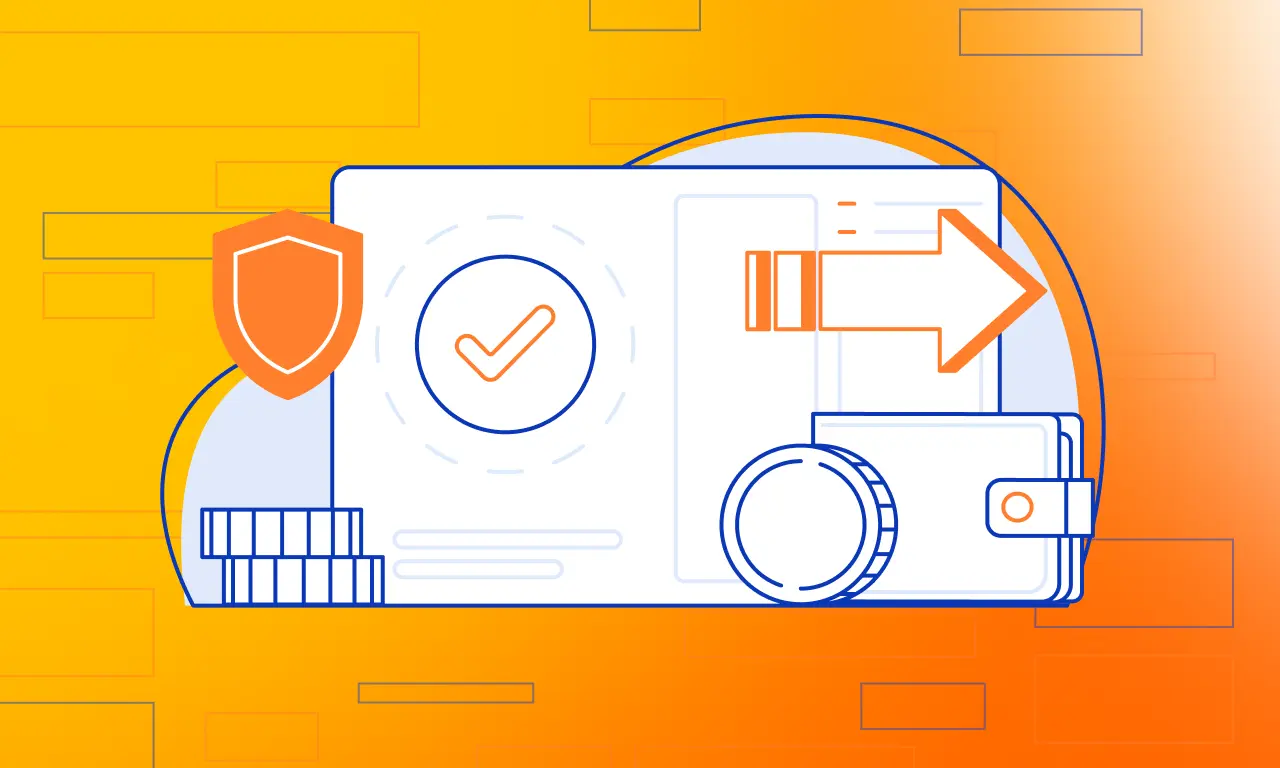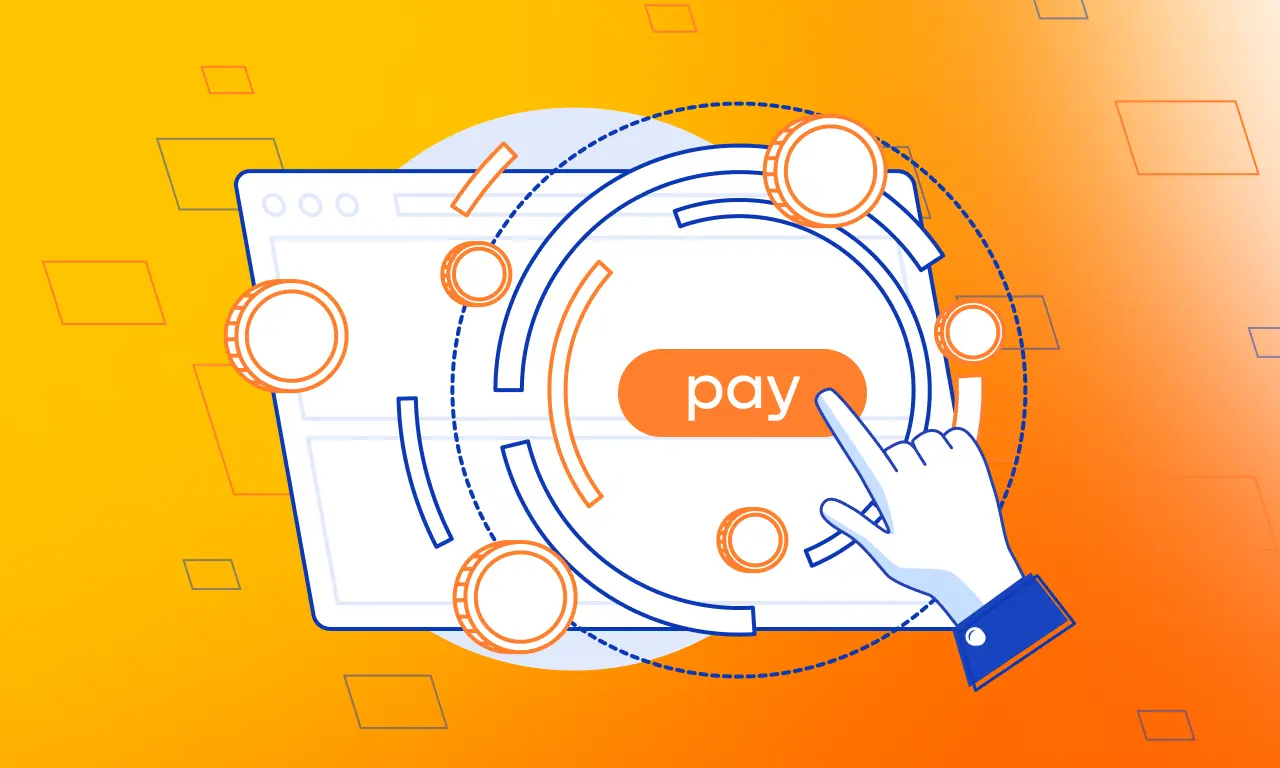How to Quickly and Securely Pay with Bitcoin & Crypto
11/10/2023

In the modern world, Bitcoin and other cryptocurrencies have become an integral part of the global financial ecosystem. Bitcoin, as the first and most well-known cryptocurrency, attracts the attention of investors, tech enthusiasts, and even ordinary citizens from around the world. This digital currency, which emerged over a decade ago, has changed the way we perceive and use money.
Bitcoin and its counterparts provide people with a unique opportunity to take control of their own finances, bypassing banks and other financial intermediaries. They also create new perspectives for investment and the development of blockchain technologies that underpin them. Therefore, it is crucial to understand how to use cryptocurrency in everyday life.
With the growing popularity of cryptocurrency, there is a demand for fast and secure methods of making payments using it. In the modern world, where speed and security play a pivotal role in all aspects of life, including finance, cryptocurrency offers a new level of convenience and efficiency.
In this article, we will explore the methods, tips, and strategies that will enable you to make payments quickly and securely using Bitcoin and cryptocurrency. We will delve into how to create a cryptocurrency wallet, choose reliable exchanges for purchasing cryptocurrencies, and assess the importance of adhering to security practices when dealing with digital assets. Together, we will discover how to use Bitcoin and cryptocurrency as a convenient and secure means of making payments and investing in the future.

Preparing for Bitcoin and Cryptocurrency Payments
Before you begin using Bitcoin and cryptocurrency for making payments, you need to create a digital wallet that allows you to store, send, and receive cryptocurrency. Here are some of the most common types of wallets:
Hardware Wallets: These physical devices are designed to store your cryptocurrency assets offline, making them resistant to hacking attempts. Examples include Ledger Nano S and Trezor.
Software Wallets: These wallets are software applications that you can install on your computer or mobile device. They are more user-friendly but less secure compared to hardware wallets. Examples include Exodus and Electrum.
Online Wallets: These wallets are accessible through a web browser. They offer convenience but require extra attention to security. Examples include PassimPay, Metamask, and Coinbase.
After creating a wallet, you'll need to fund it with cryptocurrency. There are several ways to purchase cryptocurrency:
Cryptocurrency Exchanges: Register on a reputable cryptocurrency exchange where you can buy cryptocurrency using traditional money (fiat currencies) or other cryptocurrencies.
Bitcoin ATMs: Bitcoin ATMs are available in some locations and allow you to buy cryptocurrency with cash or through bank cards.
Peer-to-Peer (P2P) Transactions: This method enables you to buy cryptocurrency directly from other users without intermediaries.
Regardless of the method you choose, it's important to practice safe procedures when conducting transactions and safeguarding your cryptocurrency.

Conducting Swift and Secure Cryptocurrency Payments
Selecting a Store or Service Accepting Cryptocurrency. Before making a cryptocurrency payment, it's essential to find a store or service that supports the use of cryptocurrency as a payment method.
Identifying Crypto-Friendly Businesses: The first step is to search for stores, restaurants, online platforms, and other businesses where you can use cryptocurrency for payments. Specialized directories and services can assist you in finding suitable locations.
Evaluating Seller Reliability: After identifying suitable venues, it's crucial to assess the reliability of the sellers. This involves analyzing the seller's reputation, reading reviews from other customers, and investigating their security history. These measures help prevent potential fraudulent activities.
After picking a store or service that accepts cryptocurrency, the next step is the payment process.
Here are the key steps in this process:
Selecting Products or Services: Add the chosen products or services to your cart, just as you would in regular purchases.
Choosing the Cryptocurrency for Payment: At this stage, you are given the option to select the cryptocurrency you want to use for payment. Typically, stores and payment platforms support several popular cryptocurrencies like Bitcoin, Ethereum, and Litecoin.
Scanning the QR Code or Entering Wallet Address: To complete the payment, you may need to scan a QR code from your wallet or manually enter the wallet address. This information is what the store or payment system uses to send you an invoice for payment.
Confirming the Payment: After entering payment information and agreeing to the amount, you must confirm your transaction. This may involve entering a password or confirmation code, especially if you are using two-factor authentication.
Checking and Confirming Payments: An essential part of the cryptocurrency payment process is verifying and confirming completed transactions. This provides both you and the seller with additional confidence in the transaction.
Here's what you need to know about verifying and confirming payments:
Blockchain Confirmation: Typically, cryptocurrency transactions need confirmation on the blockchain before they are considered complete. The number of confirmations may vary depending on the cryptocurrency and seller's settings. More confirmations generally mean a more secure transaction.
Receipt of Confirmation: After finalizing the transaction, obtain a receipt or payment confirmation. This can serve as evidence of the completed operation and assurance of receiving the goods or services.
Wallet Balance Check: Regularly check your cryptocurrency wallet balance to ensure that the payment amount has been deducted and that all transactions have been successful.
In conclusion, conducting swift and secure cryptocurrency payments can be a straightforward and convenient process if you follow the right steps. Choosing reputable stores, correctly formatting payments, and verifying transactions will help make your cryptocurrency usage experience enjoyable and secure.

The Future of Cryptocurrency Payments
Since the inception of Bitcoin in 2009 and the subsequent growth of cryptocurrency markets, the infrastructure surrounding them has undergone significant changes. In the future, further development of this infrastructure will play a pivotal role in enhancing the adoption and use of cryptocurrency payments.
Development entails working on improving the speed and scalability of blockchain networks. One of the most crucial tasks is to ensure faster and more scalable transactions. For instance, the implementation of technologies like the Lightning Network for Bitcoin provides a mechanism for instant payments with minimal fees.
Additionally, integrating cryptocurrency payments with traditional financial instruments plays a significant role in expanding their acceptability. When users can make cryptocurrency payments as easily as conventional ones, it contributes to their broader usage.
The development of decentralized financial applications (DeFi) will also continue to evolve. These applications provide opportunities for investments, lending, and earning interest using cryptocurrencies. This changes how we interact with finances and offers broader opportunities for financial participation.
The rise in the use of stablecoins, cryptocurrencies pegged to traditional currencies, helps ensure price stability in cryptocurrency payments. These stablecoins are suitable for everyday transactions and provide users with confidence in preserving their value.
Cryptocurrency payments represent an innovation that can have a significant impact on the global economy:
International money transfers have become one of the most promising applications of cryptocurrency payments. They can reduce fees and expedite the waiting times for international transfers, which is crucial for migrants and overseas workers.
Cryptocurrency payments can also contribute to improving financial inclusion by providing access to financial services for those previously excluded from traditional banking systems. This can be especially significant in developing countries.
In the realm of commercial transactions and e-commerce, cryptocurrencies can simplify the payment process and reduce transaction processing costs. This can also facilitate an increase in international trade.
Some countries are considering the creation of their digital versions of national currencies (CBDCs). These digital currencies can serve as the basis for future cryptocurrency payments and provide central banks with more control over monetary policy.
Overall, cryptocurrency payments have the potential to change the way we interact with finances in the global economy. However, they also pose challenges in terms of regulation, security, and privacy, which require further exploration and development.

Conclusion
In conclusion, cryptocurrency payments represent an efficient and innovative way of conducting financial transactions in the modern world. They come with several advantages, such as speed, accessibility, and lower fees, making them an attractive option for both everyday transactions and international money transfers.
However, along with these advantages come challenges. Regulatory issues, price volatility, and the risk of losing access to wallets require careful attention and caution from users. Despite these challenges, cryptocurrency payments have the potential to change how we interact with finances in the global economy.
The future of cryptocurrency payments holds promise for further development of infrastructure, improved blockchain technologies, integration with traditional financial instruments, and increased usage of stablecoins. These changes will make cryptocurrency payments more accessible and convenient for everyone.
Additionally, cryptocurrency payments can contribute to enhancing international money transfers, financial inclusion, and the efficiency of commercial transactions. They are becoming a crucial part of the modern economy and are poised to play a key role in the future financial landscape.
Therefore, despite the challenges, cryptocurrency payments remain a vibrant and innovative part of modern finance, and their role is expected to continue growing in the coming years.
Do you like this article? Share it with your friends.



